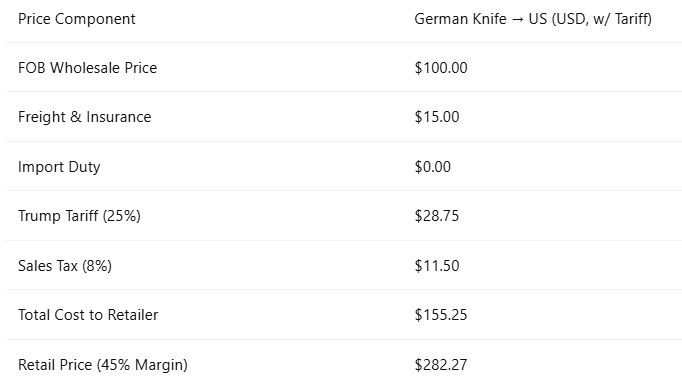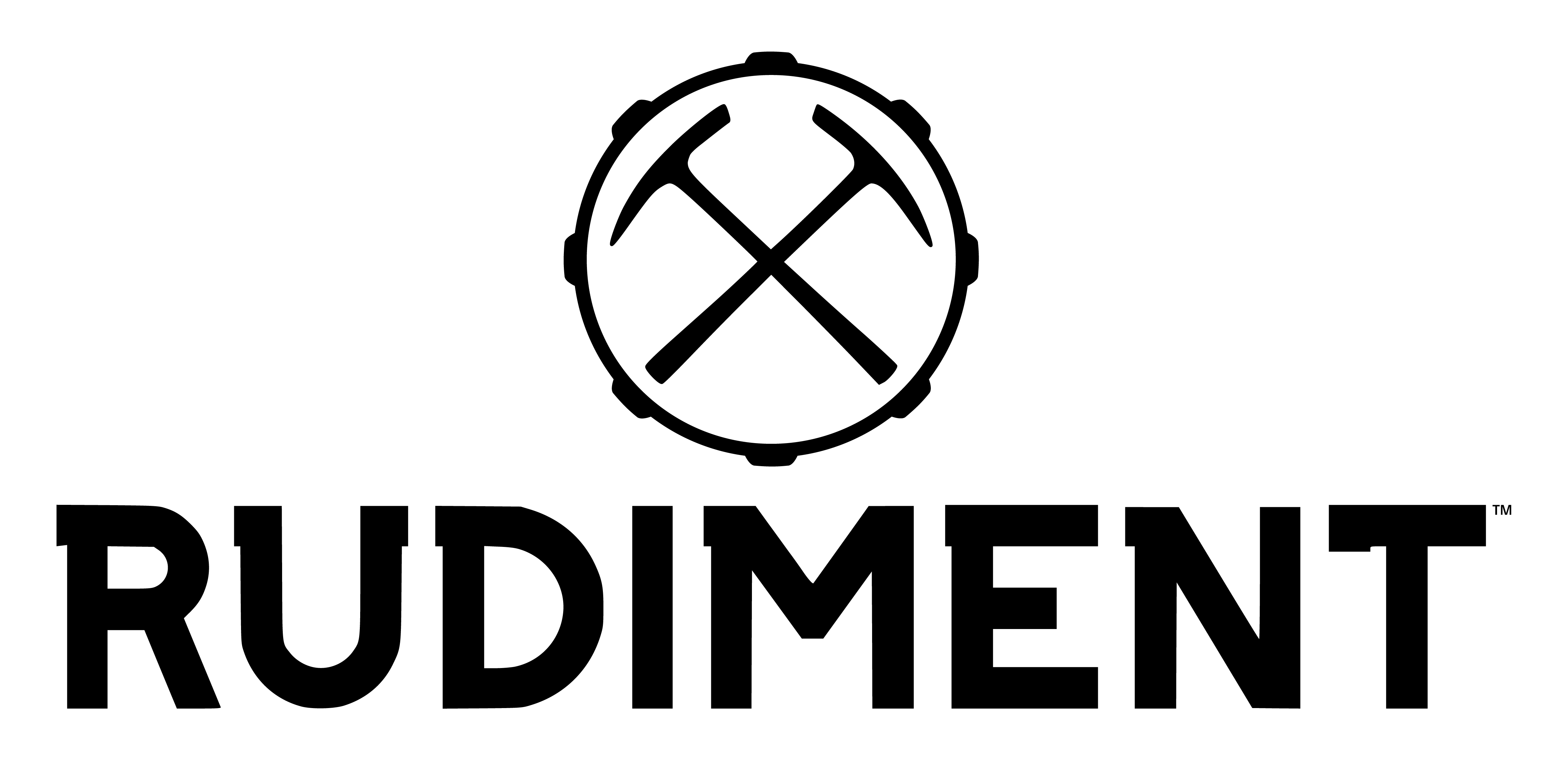April 3, 2025

Most Americans don’t realize that both the United States and Germany are home to world-class cutlery industries. Portland, Oregon, for example, is a powerhouse in American knife manufacturing, with brands known globally for their quality and craftsmanship. Likewise, regions like Solingen, Germany, have centuries-old reputations for precision blades.
But despite this mutual excellence, selling US-made knives into Europe has long been a difficult, uphill battle.
As someone who has led in the American cutlery industry, I saw firsthand how structurally imbalanced our trade relationship has been. Most consumers are familiar with the impact of the Trump tariffs on imported goods—price increases, supply chain disruption, and uncertainty. What few understand is the degree to which US manufacturers have been disadvantaged for years when trying to export into the EU.
The Hidden Costs of Selling American Knives in Europe
Let’s look at the case of a US-made kitchen knife sold into Germany before 2025, and compare it to a German-made knife (of equal wholesale value) sold into the US. The numbers reveal the asymmetry:

The US-made knife lands at retail in Germany nearly $58 higher than its German counterpart in the US. Why? European pricing includes import duties, retaliatory tariffs, and a 19% value-added tax (VAT) that’s charged after tariffs. In the US, there’s no import duty on German-made knives, and the average sales tax is around 8%, applied only at the point of sale.
Even though both knives start at the same $100 wholesale price, the US product is penalized at every stage once it crosses the Atlantic.
What Happens When the Playing Field Levels?
Let’s say a future Trump administration reintroduces a 25% tariff on European-made consumer goods, including kitchen knives. What does that do to the German knife sold in the US?

Now compare that to the US knife sold in Germany at $283.66 retail. Suddenly, the prices are nearly identical.
A Fairer Path Forward?
To be clear, I don’t support the reintroduction of broad tariffs. They create market uncertainty, raise prices for consumers, and often hurt small businesses caught in the crossfire.
But what these models show is that the retaliatory tariffs and structural taxes imposed by our trading partners have quietly created the same kind of pricing disadvantage for US goods that Americans now complain about when tariffs hit imported products.
My hope is that if tariffs return, they will act not as a weapon, but as leverage—a means of encouraging more balanced trade policies between the US and its trading partners. Fair trade shouldn’t require heavy-handed policy, but it might require both sides recognizing the ways in which the playing field has been tilted for years.
For American manufacturers to truly compete, fairness can’t be a one-way street.
#trumptariffs #outdoorindustry #knifeindustry

Leave a Reply